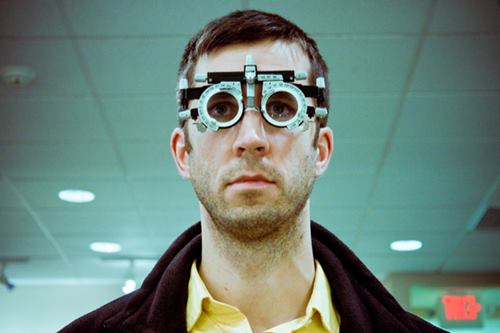Do you need to spend an hour with your client before you can start doing hypnosis? Or is insisting on an initial consultation a scam?
Many hypnotherapists make an initial consultation part of their business model. Their treatment plan consists of the initial meeting, and then one or more sessions of hypnosis. Clients sometimes refuse to go along with this, and often feel that the initial consultation, is a con, a waste of their time and money.
Those therapists who use an initial paid consultation put forward the arguments:
a) hypnosis is more successful when it is aimed at a precise and specific target. They say that without an extensive consultation you cannot identify exactly what the problem is. Until you know exactly what is wanted and what is causing it, you cannot fix it.
b) the initial meeting build rapport. The better the connection between the client and the therapist, the better the outcome is likely to be.
c) sometimes the client needs to talk to someone, to get their feelings out in the open, to know that somebody cares. Hearing themselves describe their problems sometimes helps them to put their problems into perspective.
I can see that there are merits in these arguments.
Analysing the arguments for an initial consultation
But do you actually need a whole hour to find out what the client's problem is?
If the client wants to stop nail biting, what else is there to know?
It seems to me that a competent therapist should be able to nail down exactly what the issue is within 15 minutes so. That leaves plenty of time to do some actual therapy. And if not, at least learn enough to be able to suggest some different type of therapy based on what was learned.
I suspect that the desire to know about the specific target is actually an outcome of NLP training. NLP practitioners try to know exactly how you do the behaviour, exactly what you feel when you do the behaviour, exactly how you will feel when you have stopped doing the behaviour. Without knowing this you cannot really apply NLP principles and expect to have much success. If your practice is based on NLP, and I think you need to be upfront with the client and explain that this is part of the process. It is a little deceiving to call it a consultation when you are really exploring whether they can identify feelings and not.
The second reason given is about building rapport. This is another principle of NLP. Having rapport is good, but not essential, in my view. If rapport was essential, then recorded CDs would never work. If you never meet the client, the person listening to the CD, then you cannot possibly have rapport. And yet CDs do work.
The third reason, that the client needs to talk to someone is perfectly valid. But if you're actually offering counselling, then you should tell the client that it is a counselling session, and do proper counselling.
My experience with initial consultation
When I first started doing hypnosis professionally, I had just come out of a training school. As part of the training I was taught basically NLP with a bit of hypnosis. The basic instruction was to get a client and then invite them to come to your office to discuss what it is you might do in some future session. I actually started off offering hypnosis sessions for free. And I quickly discovered, even if it was free, clients hated spending the first session without either getting hypnotised, or getting some explicit therapy. I therefore quickly adopted the strategy of finding out what the client wanted, agreeing what we would be able to do, and getting on with it. Over time I was able to work out ways of finding exactly what I needed to do in just a few minutes, or extending the session, at my cost, until I did know exactly what the problem was and felt confident I could fix it.
As far as I'm concerned, I am not prepared to waste the client's time, or more importantly, their money, just to indulge my own need to have a plan. Hypnotherapy involves a great deal of uncertainty. The therapist needs to be prepared to let things develop organically. I often start a client into hypnosis when I really don't have a clear idea of where it's going, and just allow my unconscious mind to interact with their unconscious mind until something new and powerful emerges. This process has never let me down.
If you think that for your own comfort you need an hour from every client, then I suppose if the client is willing to waste an hour and get nothing done, then that's okay. But I really don't think you should be charging for it.









